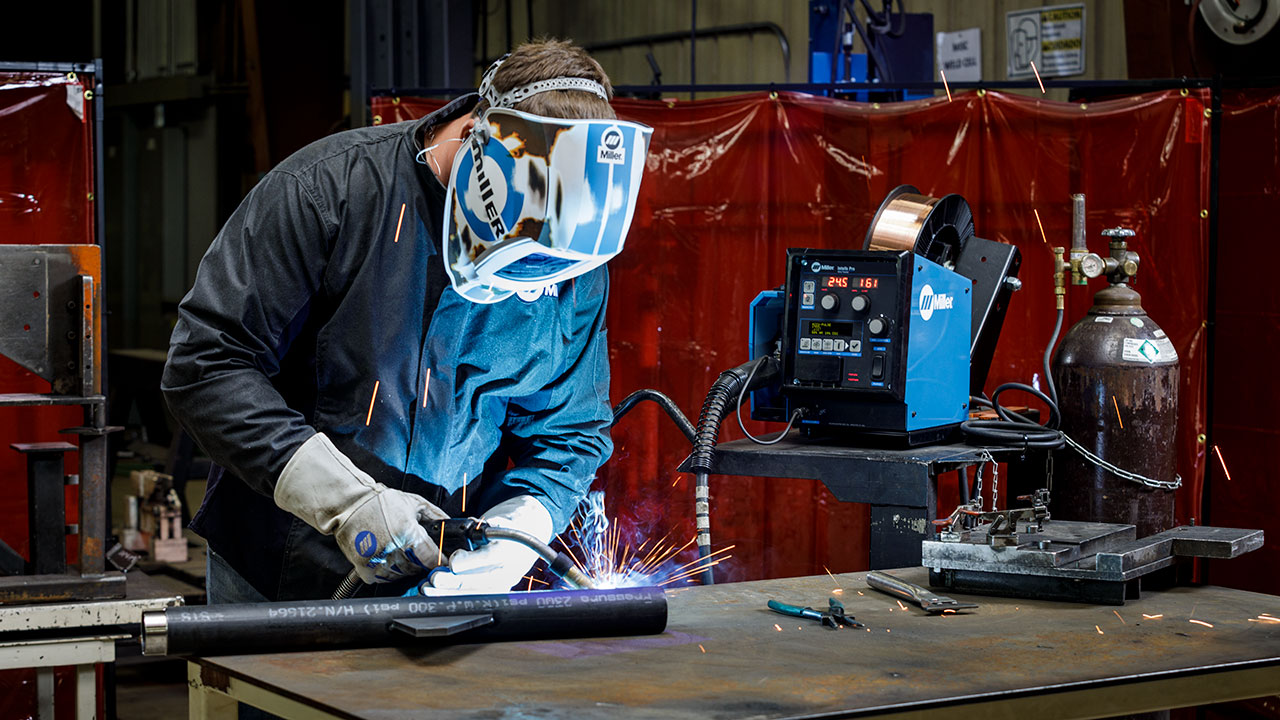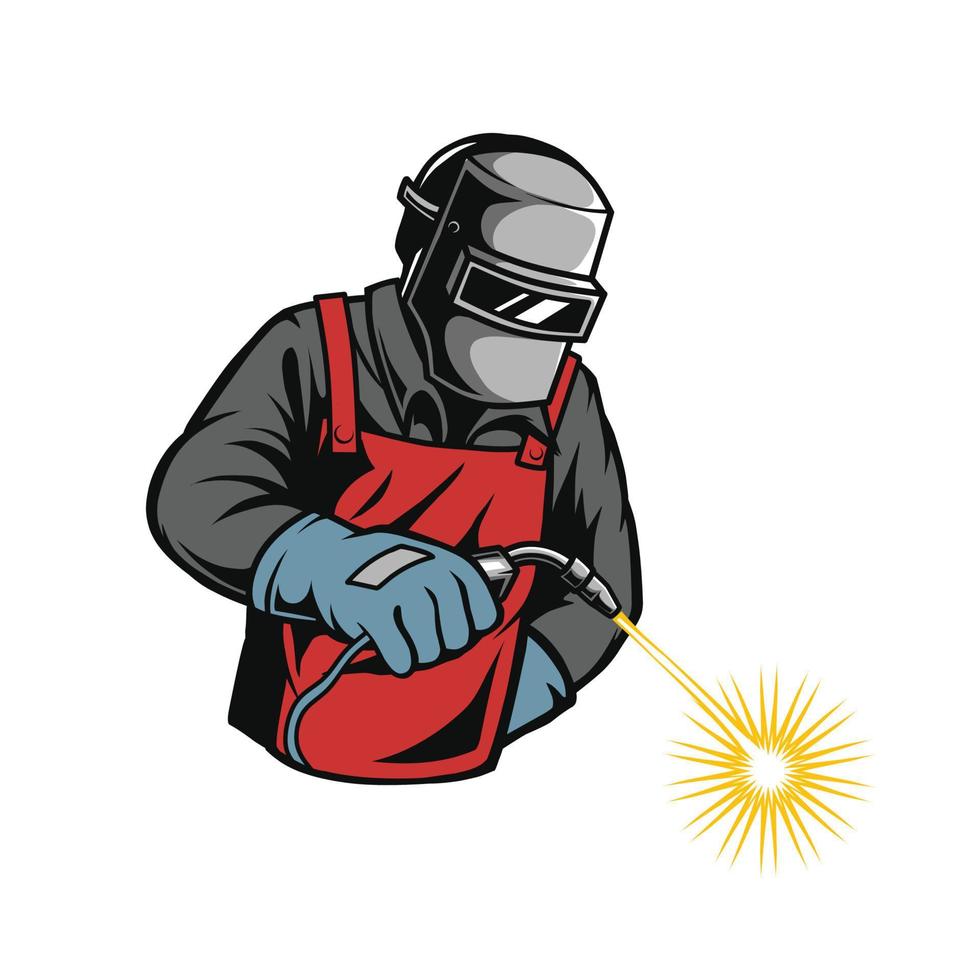The Ultimate Guide to Welding WPS Procedures: A Detailed Introduction for Welders
In the complex globe of welding, Welding Treatment Specifications (WPS) work as the backbone of ensuring quality, consistency, and safety and security in welding procedures. Comprehending the subtleties of developing, applying, and checking WPS procedures is vital for welders aiming to raise their craft and meet industry standards. As we dive right into the various elements of a WPS and discover the complexities of certification and accreditation, we will discover the vital role these treatments play in the realm of welding. Allow's embark on a trip to decipher the intricacies and value of WPS treatments in welding techniques.
Relevance of WPS Procedures
Comprehending the value of Welding Treatment Specs (WPS) procedures is important for making sure the high quality and integrity of welded structures. WPS treatments act as a roadmap for welders, outlining the necessary steps, specifications, and materials called for to attain a sound weld. By sticking to WPS guidelines, welders can ensure uniformity in their job, causing structurally audio and trustworthy welds.
One of the key factors why WPS treatments are crucial is their role in preserving weld high quality and integrity. Following the defined welding criteria and strategies described in the WPS assists protect against defects such as porosity, splitting, or incomplete fusion, which can compromise the toughness and durability of the weld.

Elements of a WPS
A Welding Treatment Specification (WPS) generally comprises necessary elements that information the certain requirements for implementing a weld, making sure consistency and high quality in the welding process. The crucial elements of a WPS consist of necessary variables such as base steels, filler metals, interpass and preheat temperatures, welding procedures, protecting gases, welding settings, and post-weld warm therapy demands.
Base metals refer to the materials being signed up with, while filler steels are used to load the space in between the base steels during welding. Preheat and interpass temperature levels are essential for managing the warmth input and preventing issues like fracturing or distortion. The welding process outlines the specific strategy to be used, whether it's gas metal arc welding (GMAW), secured steel arc welding (SMAW), or an additional approach. Protecting gases protect the weld swimming pool from atmospheric contamination. Welding placements define the positionings in which welding can be performed. Post-weld heat therapy might be essential to soothe anxieties and enhance the weld's properties. A thorough understanding of these components is vital for producing a comprehensive and efficient WPS.

Certification and Qualification
Having actually established the necessary elements of a Welding Treatment Spec (WPS), the focus currently moves towards the vital facets of qualification and certification in welding practices.

Qualification, on the other hand, is the official recognition of a welder's qualifications by an appropriate qualification body or organization. Welding qualifications are commonly based upon the specific welding processes, products, and settings a welder is certified to work with. Holding a valid welding certification shows that a welder meets industry standards and is qualified to do welding tasks to the required specifications.
Producing a WPS
To establish a Welding Procedure Specification (WPS) that meets sector standards, mindful factor to consider of welding procedures, products, and functional criteria is necessary (welding WPS). The very first step in developing a WPS is to identify the welding procedure to be made use of, such as gas steel arc welding (GMAW) or shielded metal arc welding (SMAW) Once the welding procedure is figured out, the following essential element is selecting the appropriate materials, thinking about factors like base steel kind, density, and joint layout. Functional parameters such as welding my link current, voltage, traveling rate, and protecting gas composition must also be carefully specified in the WPS.

Implementing and Monitoring WPS
Upon completing the comprehensive Welding Treatment Specification (WPS) that carefully details welding procedures, products, operational specifications, and quality assurance actions, the focus shifts to effectively executing and monitoring the recognized procedures. Execution includes ensuring that all welders entailed in the task are acquainted with the WPS and follow it diligently during the welding process. Efficient implementation and tracking of the WPS are vital for making sure the honesty, stamina, and security of the bonded joints, inevitably contributing to the overall success of the welding project.
Conclusion
Finally, understanding and complying go to this website with Welding Procedure Specs (WPS) is vital for welders to make certain high quality, consistency, and safety and security in their job. By recognizing the parts of a WPS, obtaining correct certifications and qualifications, developing in-depth treatments, and implementing and monitoring them properly, welders can enhance their skills and effectiveness in welding techniques. Sticking to WPS treatments is important for creating high-grade welds and meeting sector standards.
In the elaborate globe of welding, Welding Treatment Specs (WPS) offer as the foundation of guaranteeing top quality, consistency, and safety and security in welding operations. The welding procedure outlines the particular strategy to be used, whether it's gas metal arc welding (GMAW), secured steel arc welding (SMAW), or an additional method.To develop a Welding Treatment Spec (WPS) that satisfies market requirements, cautious consideration of welding processes, materials, and operational criteria is essential. The first step in creating a WPS is to identify the welding process to be utilized, such as gas metal arc welding (GMAW) or protected metal arc welding (SMAW)Upon finalizing the comprehensive Welding Procedure Requirements (WPS) that carefully information welding procedures, products, operational criteria, and high quality guarantee procedures, the focus shifts to successfully carrying out and keeping track of the established procedures.